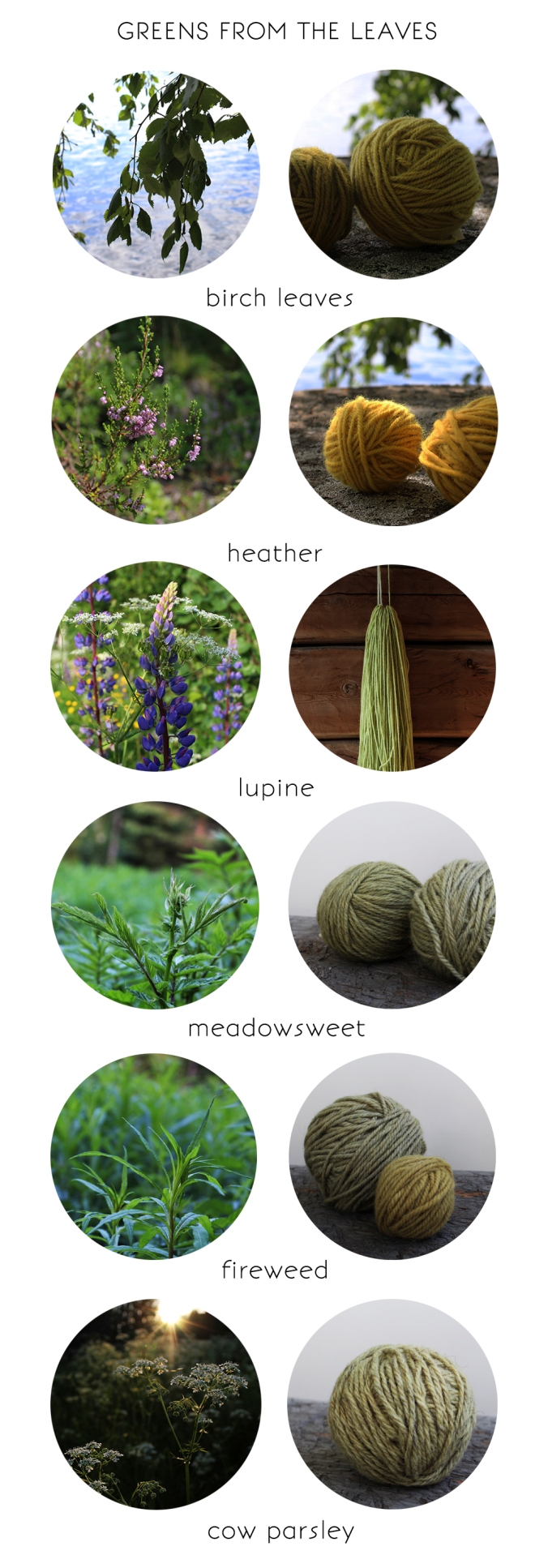This is the second part of my roundup of all the different natural dyes I have been experimenting on during the past year. The first part was about collecting yourself from the nature, but not everybody has the luxury of getting to collect from nature themself’s. There are a lot of choices in the normal supermarkets as well. I love dyeing outside on the open fire when I´m at our summer cottage, but most of the time I live in small flat in the city. All you really need is a large pot that is used only for natural dyeing, strainer, some mordants like alum, kitchen weigh, maybe a thermometer and a visit to a supermarket.

Onion skins are probably the best know source of colour and I think they are pretty amazing. There is so much pigment in the skins and the colours are really strong and varied. I tried both regular onion skins and red onion skins. Black beans where an interesting experiment. There where some hits and misses but the blue colours where beautiful, you can read about part one and two here and here. Turmeric was a very spontaneous experiment and the colour came out strong. Beetroot and red gabbage where interesting but the colours are sadly fugitive. What should I try next?
I also did some online shopping and bought walnut shells, madder powder and cochineal. The colours are pretty, but for some reason the dyeing process is not a satisfying for me if I just order things online. It’s a lot more fun to make the dye yourself. I quess I love the hunt.


